St. Patrick’s Day Ponderings – The Color Green
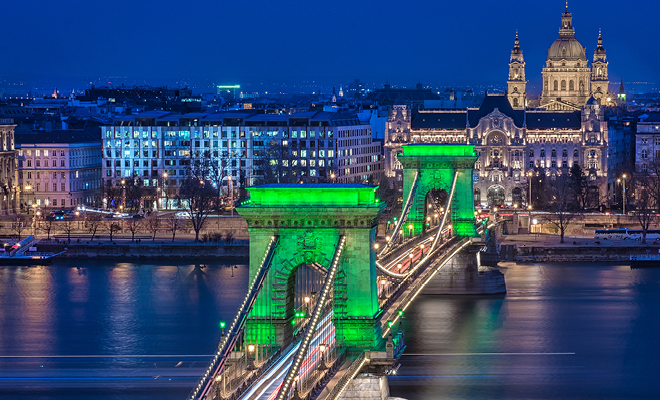
The days are lighter later, spring is fast approaching, and St. Patrick’s Day is just around the corner. Could there be a better time to ponder the color green? It’s on the hills, in the stores, and tinging our beer on the seventeenth.
A public holiday on the Emerald Isle, St. Patrick’s Day is celebrated in more countries than any other national festival. This year 245 landmarks in 46 countries will be illuminated in green, participating in Tourism Ireland’s Global Greening campaign, now in its tenth year. Look for green on the Empire State Building, Niagara Falls, the Colosseum, the Leaning Tower of Pisa, and the Sydney Opera House, to name a few.
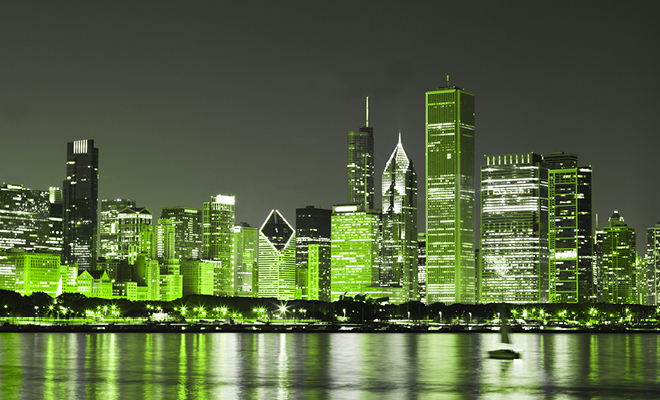
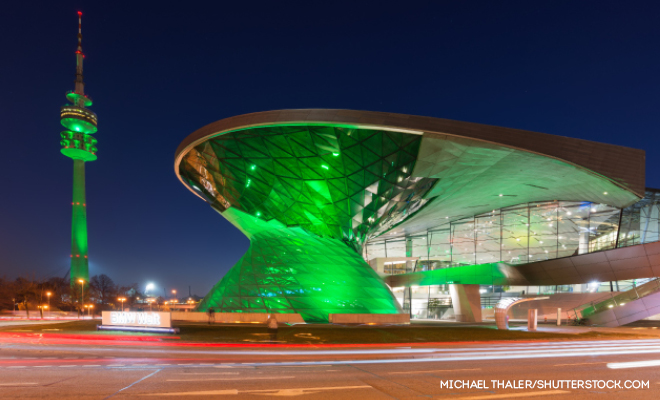
Green’s appeal is universal with its direct connection to nature’s flora. As with all colors though, there are two sides to green’s many characteristics. It can symbolize the power of life and nature or the degeneration of sickness, mold, and decay.
Peacefulness and balance are most often associated with the color green. In the West, it’s connected with the rituals of spring and courting; since the Middle Ages it’s been a badge of youth. Shakespeare gave us “green-eyed jealousy” in The Merchant of Venice and “the green-ey’d monster” in Othello.
Psychologically, green represents a withdrawal from stimulus; physiologically, green is the most restful color to our eyes. The use of green in interiors can evoke tranquility. Green-blues are especially effective for meditation or with any tasks requiring heightened concentration. Most food is visually enhanced by green, except sugary treats which are more effectively paired with pink. But beware of the reflected color of green which can be unflattering on skin-tones or irritating from glaring, neon greens.
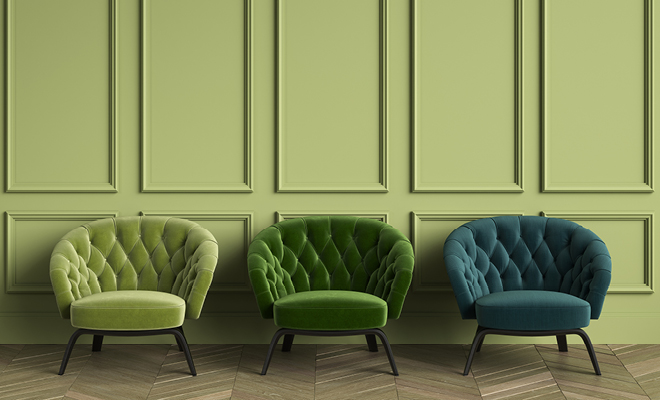

The history of green in interior décor, fashion and libations has an especially insidious side. Scheele’s Green, named after the Swedish scientist who developed it in 1775, was wildly popular and used extensively for wallpaper and fabric. It was a new, unique, brilliant shade of green made with toxic concentrations of arsenic known to have contributed to fatalities, possibly including Napoleon. The bitter, green-colored liqueur absinthe became all the rage in Europe in the late 1800s. With its low cost and very high alcoholic content, it was outlawed in Switzerland and France earning the moniker “emerald tinted poison”. It’s no wonder green has become an emblem of poison and evil.

Fortunately for green, the environmental movement has redeemed its reputation. With its indelible roots firmly planted in Mother Earth, green is again symbolic of the power of nature, and now its preservation, by numerous international organizations. After we sip our last drop of green beer this St. Patrick’s Day, we can continue pondering the color green to Earth Day and beyond.
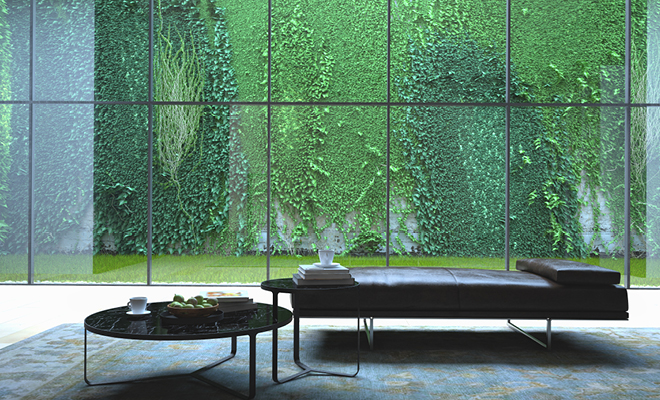




Leave a Reply